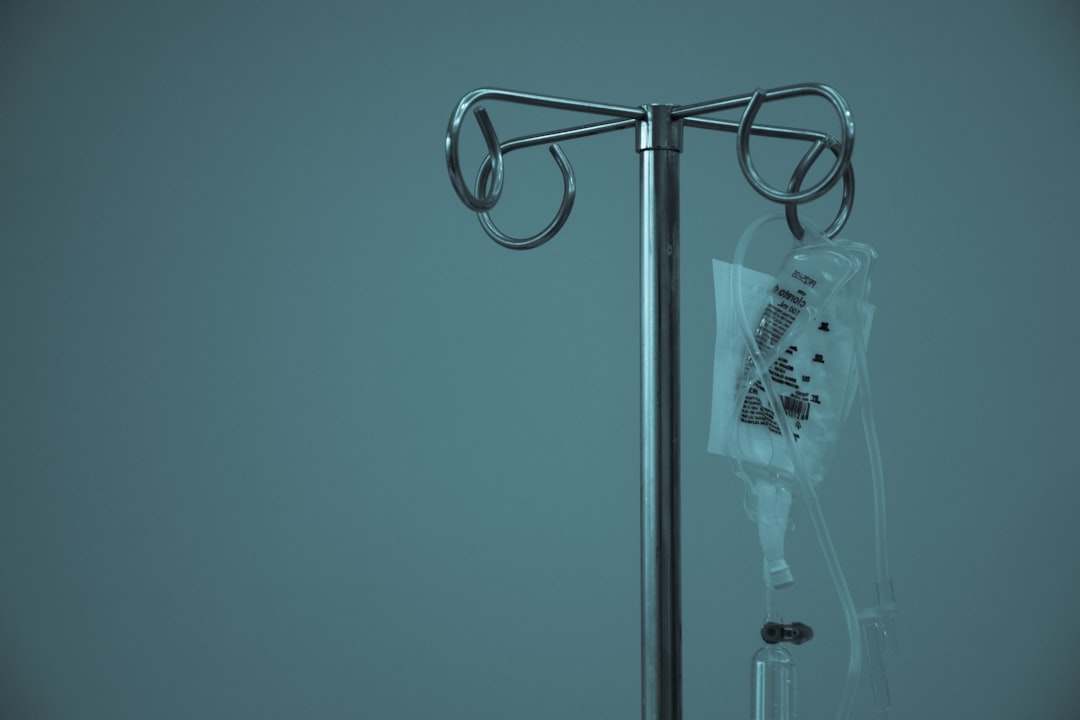All Nonfiction
- Bullying
- Books
- Academic
- Author Interviews
- Celebrity interviews
- College Articles
- College Essays
- Educator of the Year
- Heroes
- Interviews
- Memoir
- Personal Experience
- Sports
- Travel & Culture
All Opinions
- Bullying
- Current Events / Politics
- Discrimination
- Drugs / Alcohol / Smoking
- Entertainment / Celebrities
- Environment
- Love / Relationships
- Movies / Music / TV
- Pop Culture / Trends
- School / College
- Social Issues / Civics
- Spirituality / Religion
- Sports / Hobbies
All Hot Topics
- Bullying
- Community Service
- Environment
- Health
- Letters to the Editor
- Pride & Prejudice
- What Matters
- Back
Summer Guide
- Program Links
- Program Reviews
- Back
College Guide
- College Links
- College Reviews
- College Essays
- College Articles
- Back
The Failures of the US Healthcare System
The United States of America is one of the most advanced countries in the world in terms of economy, technology, and healthcare. Despite having some of the best healthcare facilities, the US healthcare system has several glaring failures, which is why millions of Americans are uninsured, and even those who have insurance struggle to access affordable and quality healthcare. In this article, we will explore three major failures of the US healthcare system.
High Costs of Healthcare
The cost of healthcare in the US is among the highest in the world. According to a study by the Commonwealth Fund, the US spends more on healthcare per capita than any other country, yet it has the lowest life expectancy and highest mortality rates. Patients often face high out-of-pocket costs, including co-payments, deductibles, and coinsurance, which can lead to financial hardship. High healthcare costs also discourage patients from seeking preventive and primary care services, which can lead to more serious and costly health problems. The problem of high healthcare costs is compounded by the fact that the US healthcare system is heavily reliant on private insurance. Private insurance companies have a profit motive, which often leads them to deny coverage for necessary medical treatments or procedures. This means that patients are left to bear the high costs of medical treatment out of their own pockets, which can be prohibitively expensive, especially for those on low incomes. Another factor contributing to high healthcare costs is the high prices of prescription drugs. In the US, pharmaceutical companies can charge exorbitant prices for their drugs, while in other countries, the same drugs are sold at significantly lower prices. This has led to a situation where many Americans cannot afford life-saving medications, leading to preventable deaths.
Limited Access to Healthcare
Despite the Affordable Care Act (ACA), millions of Americans still lack health insurance. According to a report by the Kaiser Family Foundation, around 27.5 million people in the US were uninsured in 2018. Lack of insurance leads to limited access to healthcare. Uninsured people are less likely to receive preventive care and are more likely to delay seeking medical help until their condition worsens. Even those who have insurance may face difficulties accessing care due to high deductibles, co-payments, and narrow provider networks. The problem of limited access to healthcare is also compounded by the shortage of healthcare professionals in the US. According to the Association of American Medical Colleges, the US will face a shortage of up to 122,000 physicians by 2032. This shortage will make it even more difficult for patients to access healthcare services, especially in rural and low-income areas. Another issue contributing to limited access to healthcare is the lack of investment in preventive and primary care services. These services are essential for maintaining good health and preventing chronic diseases, yet they often receive less funding than other areas of healthcare. This can lead to a situation where patients are only able to access healthcare services when their condition has already become severe, which can be more costly and less effective than preventive care.
Health Disparities
The US healthcare system also fails to address health disparities. People of color, low-income individuals, and those living in rural areas are disproportionately affected by health disparities. They are more likely to suffer from chronic diseases, have lower life expectancies, and are less likely to receive quality healthcare. The healthcare system perpetuates these disparities by providing inadequate services and limiting access to care. The problem of health disparities is further exacerbated by the social determinants of health. Social determinants such as poverty, lack of access to healthy food, and inadequate housing have a significant impact on health outcomes. The US healthcare system has not done enough to address these social determinants of health, which has led to the perpetuation of health disparities.
Conclusion
The US healthcare system is in dire need of reform. High costs, limited access to care, and health disparities are major failures that need to be addressed. Universal coverage, increased investment in preventive and primary care, and addressing social determinants of health are some of the solutions that can help improve the US healthcare system. It is time for policymakers and stakeholders to come together and work towards creating a more equitable and accessible healthcare system for all Americans. By prioritizing the needs of patients over the profits of insurance companies, increasing access to healthcare services, and addressing health disparities, the US can create a healthcare system that truly serves the needs of all its citizens. Reforming the US healthcare system will not be easy, and it will require significant political will and investment. However, the benefits of a more equitable and accessible healthcare system are clear. By investing in healthcare, the US can improve health outcomes, reduce healthcare costs, and ensure that all Americans have access to the care they need to live healthy and productive lives.
Similar Articles
JOIN THE DISCUSSION
This article has 0 comments.

